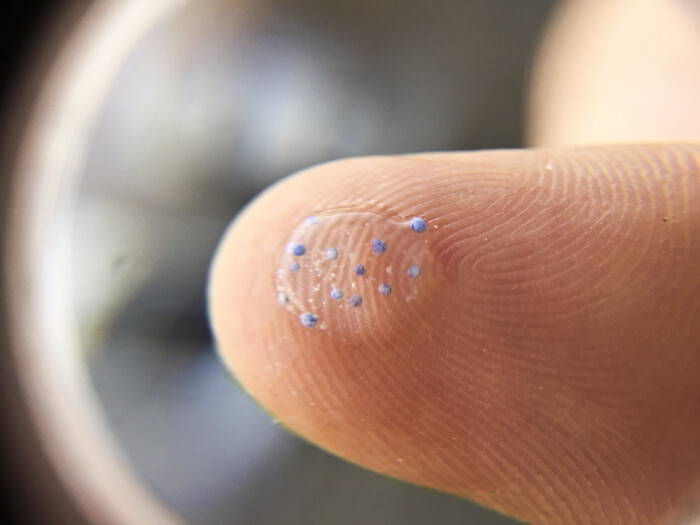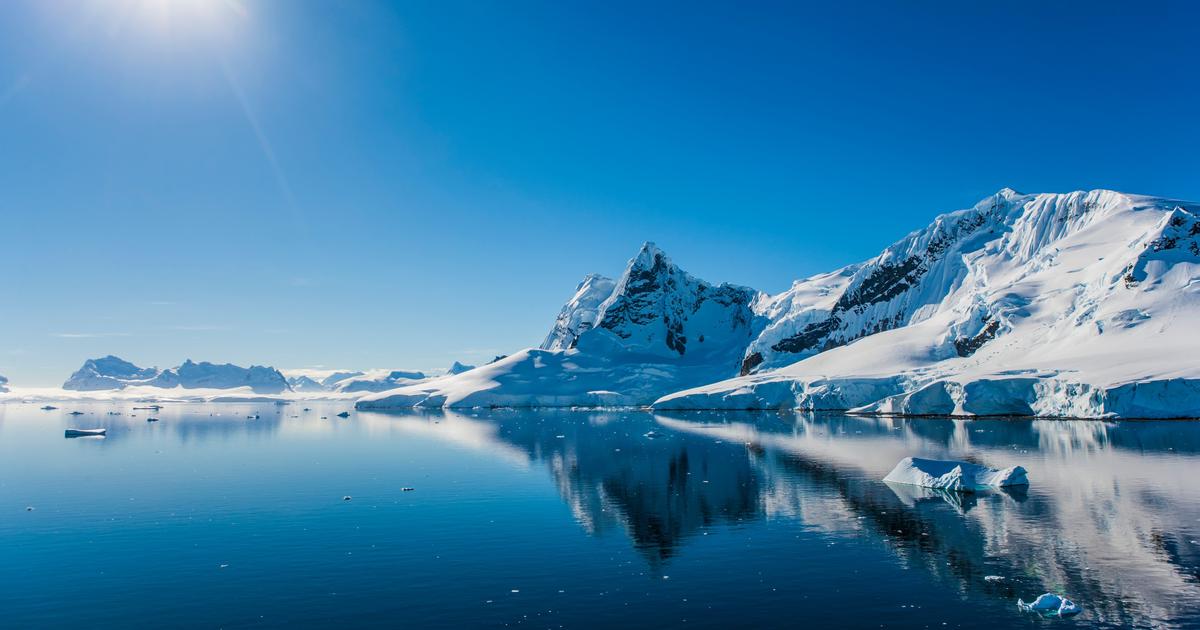- Click to share on Facebook (Opens in a new window)
- Click to share on Twitter (Opens in a new window)
- Click to share on LinkedIn (Opens in a new window)
- Click to email a friend (Opens in a new window)
You could be consuming millions of microplastics every time you drink tea (September 2019) 0:26
(CNN) - The level of microplastics on the seafloor is at its highest point, with up to 1.9 million pieces covering just one square meter.
The researchers said they were "in shock" at the volume of microplastics found on the seabed.
Floating plastic buildup accounts for less than 1% of the 10 million tonnes of plastic that enters the world's oceans each year, according to research led by the University of Manchester in the UK.
The 99% missing is believed to be accumulating in the deep ocean, but until now it was unclear where it had gone.
A study published Thursday in the journal Science reveals that deep-water currents act as conveyor belts, carrying tiny bits of plastic and fiber across the seabed.
LOOK : They found a strange and huge creature in the depths of the Indian Ocean: it looks like a rope
Thanks to these currents, microplastics collect into large accumulations of sediment, which researchers in the United Kingdom, Germany and France called "microplastic hot spots."
Dr. Ian Kane of the University of Manchester and lead author of the study said the team was "in shock" at the discovery.
He told CNN that the "garbage patches" of bottles, bags and straws that are often seen floating on the surface of the water are "the tip of the iceberg."
"We were very impressed by the volume of microplastics that we found deposited on the deep seabed," he said. "It was much higher than anything we've seen before."
These microplastics are mainly made up of textile and clothing fibers that do not seep into wastewater treatment plants.
That they are so small means that they are not easily captured by the conventional water treatment system and are therefore easily thrown into rivers and the sea.
Sediment samples were collected by the Tyrrhenian Sea, part of the Mediterranean located off the west coast of Italy.
Scientists separated microplastics from sediment and determined how ocean currents controlled the distribution of microplastics on the sea floor.
Once they move into the ocean, microplastics are quickly transported by episodic turbidity currents, which are effectively powerful underwater avalanches. These carry microplastics through the underwater canyons to the deep sea floor.
Collection of microfibers discovered by scientists.
LOOK : Know why sea turtles eat plastic
"By themselves, microplastics are relatively inert, but over time they act as the core of pollutants and toxins," said Kane.
Microplastics can be ingested by microorganisms and go through the food chain.
The study, the authors say, shows the first direct link between microplastic concentrations and seafloor currents, which scientists hope will allow them to predict critical points and investigate the impact on marine life.
Chris Thorne, an ocean activist in Greenpeace, UK, called for a rethink of “disposable plastic”.
"Microplastics can be ingested by many forms of marine life," he said, "and the chemical contaminants they carry can even pass along the food chain to our dishes."
Plastic














